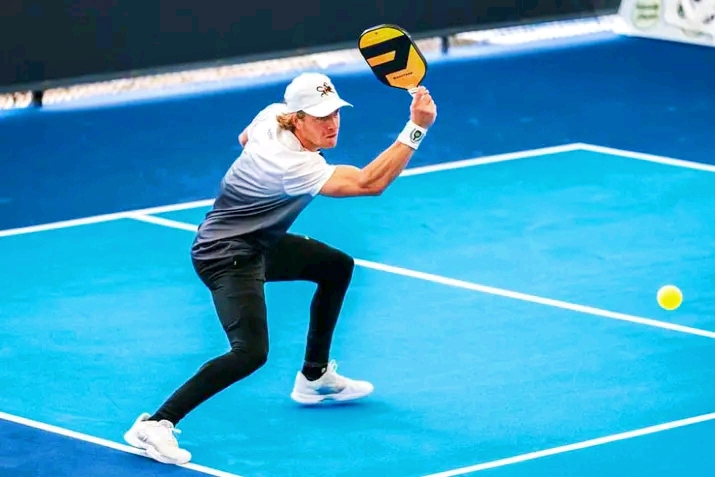Pickleball is a sport that blends aspects of tennis, badminton, and table tennis. It is played on a netted court with paddles and a plastic ball with holes. Pickleball is simple to learn but tricky to master. A well-executed swing is one of the most crucial pickleball abilities. An effective swing may significantly improve your accuracy, power, and consistency. In this post, I’ll go over the fundamentals of the pickleball swing, as well as the theory of swing weight and how to enhance your technique and performance.
The Basics of Pickleball Swing
Before looking into the specifics of swing weight, let’s go over the fundamentals of a pickleball swing. A pickleball swing includes four phases: preparation, backswing, forward swing, and follow-through. Each phase has its own purpose and virtues, and they all work together to generate a smooth and efficient action.
Preparation:
- Maintain a balanced posture, with your feet shoulder-width apart.
- Correctly grip the paddle with the dominant hand on the handle, while the non-dominant hand is supporting.
- Keep your gaze fixed on the ball, anticipating its direction and speed.
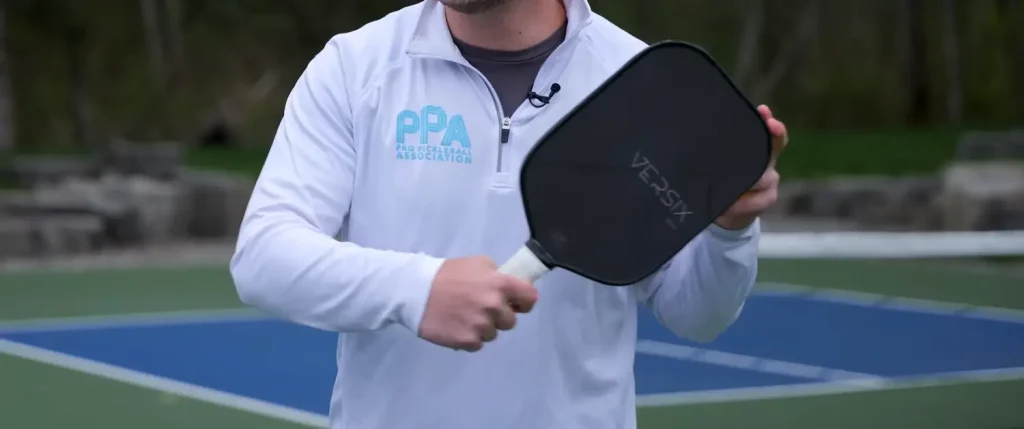
Backswing:
- Execute a steady, controlled motion.
- Keep your elbow bent and your arm relaxed.
- Perform a shoulder and hip rotation to create a coiling effect.
- Backswing length should be adjusted according to shot type (short for finesse, long for power).
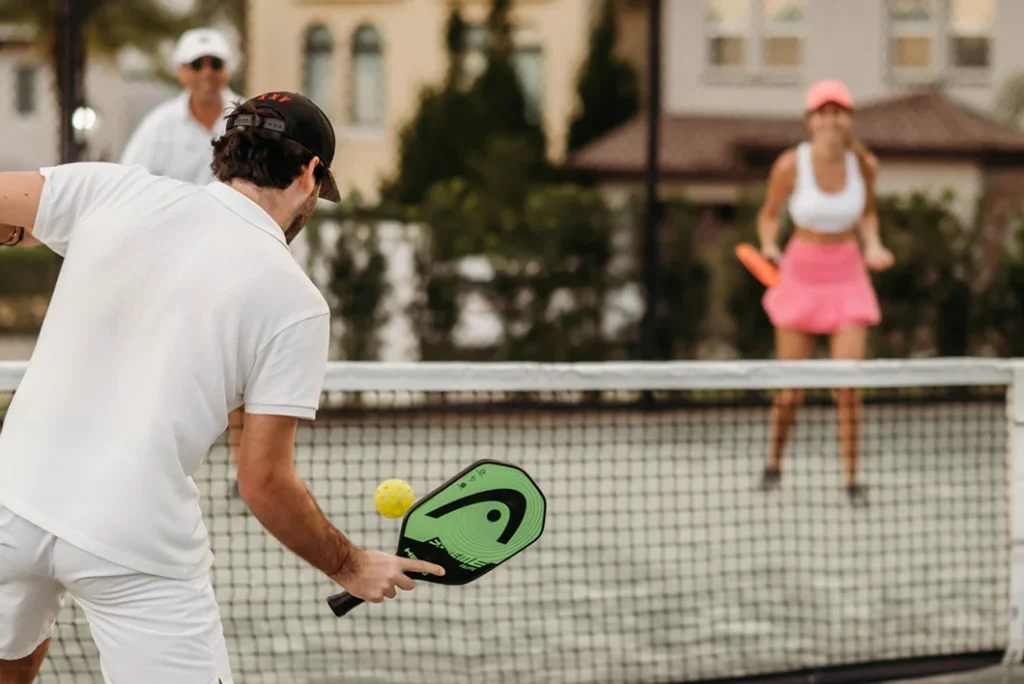
Forward swing:
- Propel the paddle in a straight path.
- Keep your wrist stiff and your elbow extended.
- Unwind your shoulders and hips, moving your weight from your rear foot to your front foot.
- Time the forward swing for the best point of contact (low for groundstroke, high for volley).
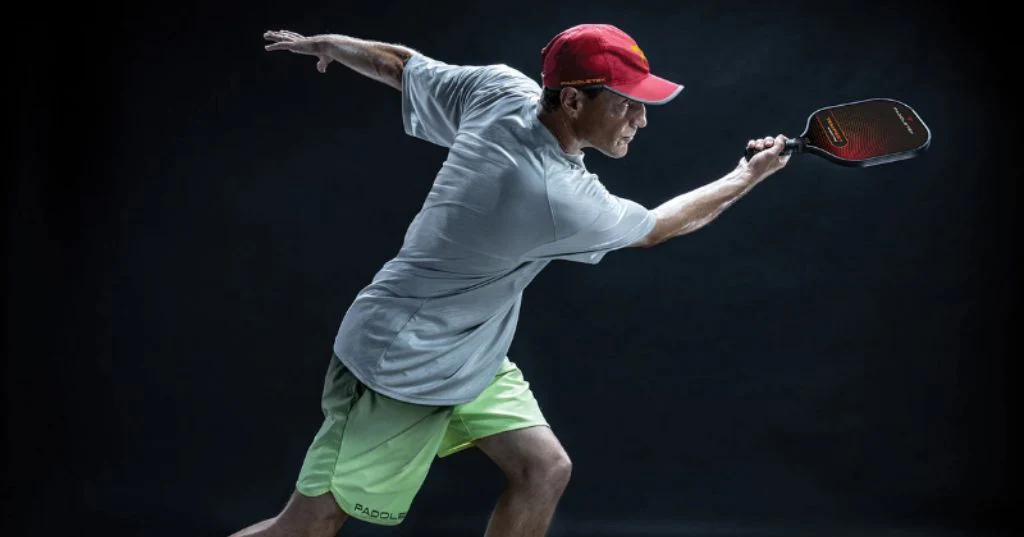
Follow-through:
- Follow the natural arc of the paddle forward.
- Maintain a relaxed arm and a loose wrist.
- Maintain your balance and posture.
- Adjust the length of the follow-through to the shot type (short for elegance, lengthy for power).
You can enhance your pickleball swing by understanding and practicing these key phases: preparation, backswing, forward swing, and follow-through.
Understanding Pickleball Paddle Swing Weight
The swing weight of your paddle is one of the aspects that might influence your pickleball swing, but what does it mean? Let me explain: the swing weight of a pickleball paddle may have a major impact on your playing experience. Unlike the actual weight of the paddle, which is measured in ounces or grams, swing weight relates to how heavy the paddle feels when in motion. The perception is influenced by elements such as the shape, size, and materials of the paddle, resulting in a numerical number indicating a low to high swing weight.
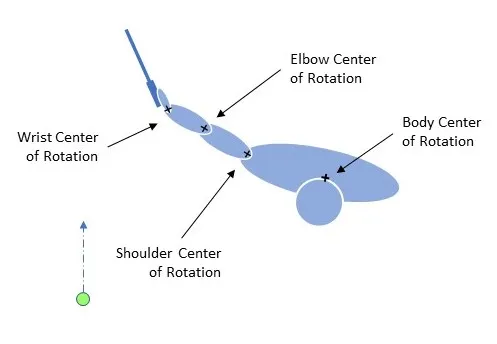
Your swing weight is more than simply a personal preference; it has a significant influence on on-court performance. Choosing the proper swing weight can boost your swing speed, control, and overall comfort. On the other hand, choosing the wrong swing weight can hinder your swing’s effectiveness, accuracy, and consistency.
Impact of Swing Weight on Performance
The swing weight of your paddle may have a significant impact on how you play, especially for various shots. Let’s break it down:
Groundstrokes:
- High Swing Weight: has greater inertia and momentum, giving it additional spin and punch. However, the increased resistance and torque may make your swing slower and more difficult to control.
- Low Swing Weight: lighter and less drag allows you to swing more quickly and flexibly. However, your shots may come out weaker and flatter with less force and leverage.
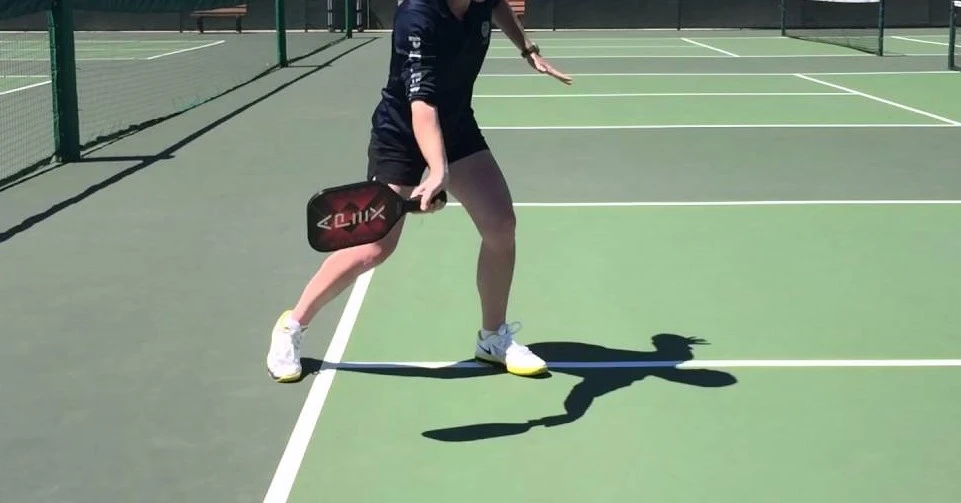
Volleys:
- Low Swing Weight: Increases maneuverability and stability, resulting in more accurate and precise volleys. However, this may result in softer, less forceful shots.
- High Swing Weight: Increases the bulk and energy of your volleys. However, because of the reduced flexibility, your volleys may slow down and become more difficult to alter.
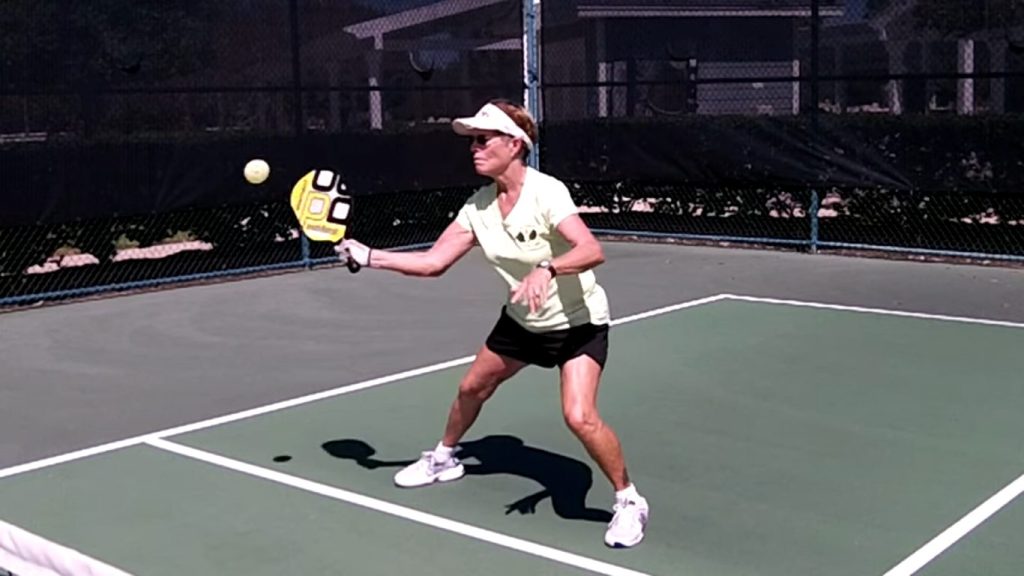
Serves:
- High Swing Weight: Increases the pace and depth of your serves by adding momentum and inertia. However, be cautious since the increased resistance and torque may make your serve action slower and more difficult to control.
- Low Swing Weight: Allows you to serve more swiftly and precisely while using less bulk and drag. However, keep in mind that with less leverage, it may make your serves less powerful.
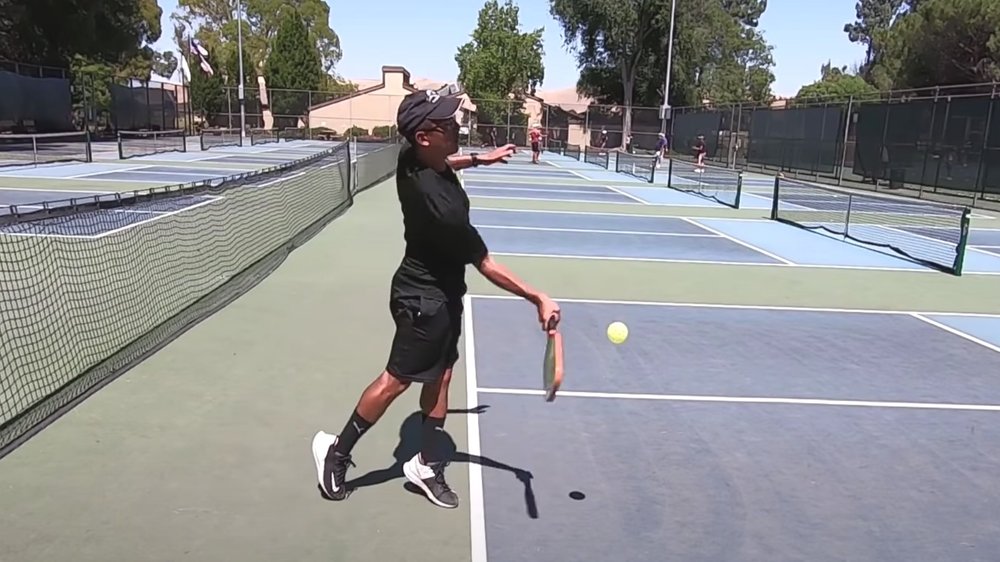
The Concept of Pickleball Paddle Swing Weight Chart
A pickleball paddle swing weight chart is one method for measuring and comparing the swing weight of various paddles. It is a table that displays the swing weight values of different paddles according to shape, size, and material. A pickleball paddle swing weight chart can assist you in determining the optimal paddle for your requirements by displaying the differences and similarities between various paddles.
A swing weight chart for pickleball paddles can also assist you in grasping the link between swing weight and other paddle parameters like weight, balance, and stiffness.
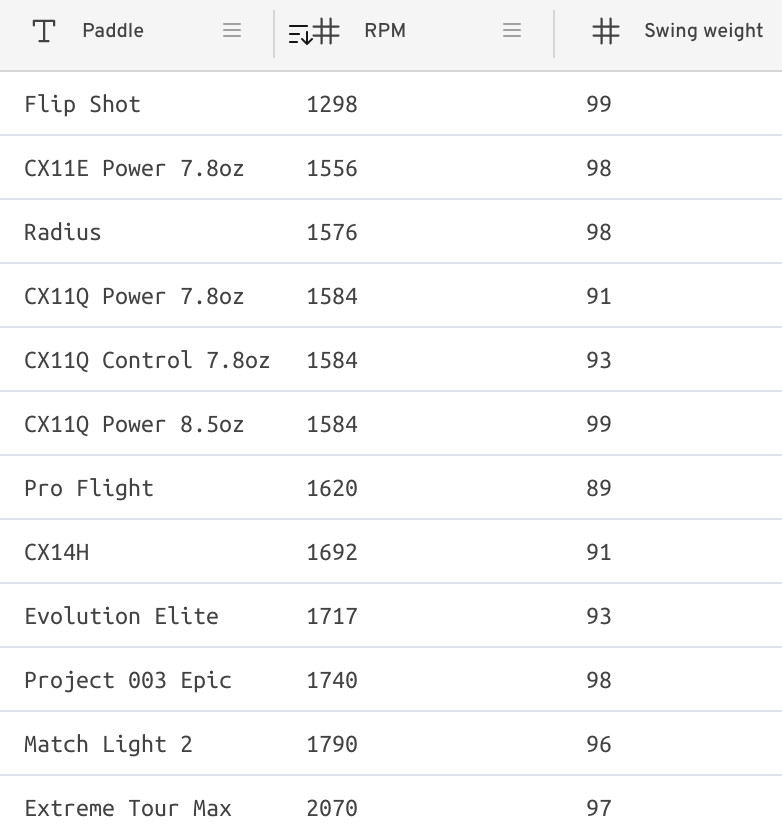
The pickleball swing weight chart will help you understand how swing weight works and how it relates to other paddle properties. A swing weight chart may also help you narrow down your selections and choose the finest paddle for your specific needs and preferences.
Pickleball Swing Technique
A solid swing technique is one of the most crucial pickleball skills. A proper pickleball swing technique will assist you in hitting the ball with greater accuracy, power, and consistency. Here are some easy ways to improve your pickleball swing mechanics:
- Grip the paddle correctly: Use a continental grip with your dominant hand. The grip should be solid but not too tight or loose.
- Prepare for the swing: Take a balanced posture, feet shoulder-width apart, knees slightly bent. Keep an eye on the ball and determine its speed and direction.
- Swing the paddle forward: Swing the paddle forward in a smooth and controlled action, keeping your wrist sturdy and your elbow extended. The best point of contact is slightly in front of your body and the center of the paddle face.
- Follow through the swing: Continue forward in a natural arc with your paddle, keeping your arm relaxed and your wrist flexible. Maintain your balance and posture while preparing to move on to the next position.
Conclusion
In summary, delving into the intricacies of the pickleball swing and making sense of the swing weight explained previously gives depth to your grasp of this dynamic game. Mastering the fundamentals of groundstrokes, volleys, and serves entails understanding how swing weight influences the effectiveness of your paddle.
By fine-tuning your swing, being versatile in varied game situations, and mastering every aspect of swing weight, you establish the basis for a more confident, effective, and pleasurable experience on the pickleball court. So, grab your paddle, walk onto the court, and let your well-explained pickleball swing be the secret weapon that elevates your game.
FAQs
Improve your control and consistency by focusing on the right grip and technique, practicing your dink shots, and working on your footwork.
For best control, use a continental hold on both the forehand and backhand strokes, making sure the paddle face is perpendicular to the ground.
Engage your core muscles, change positions of your body, and shift your weight from your back foot to your front foot for a more powerful and controlled swing.

